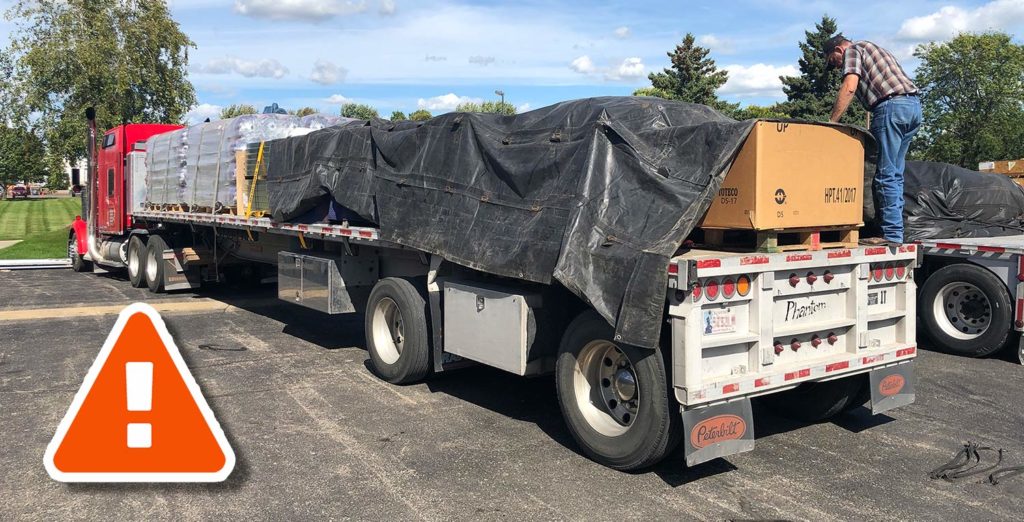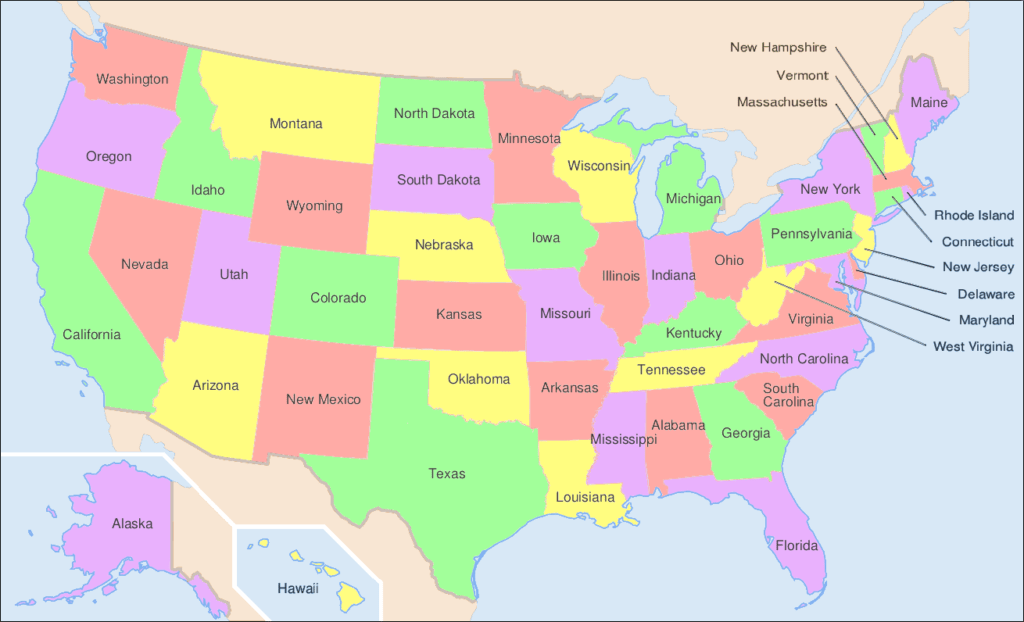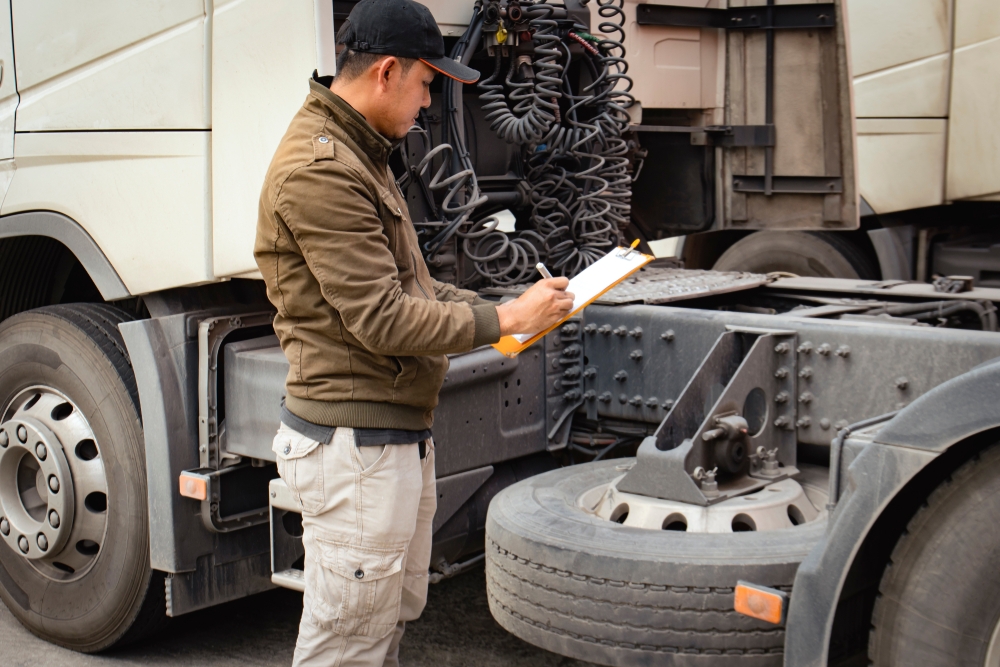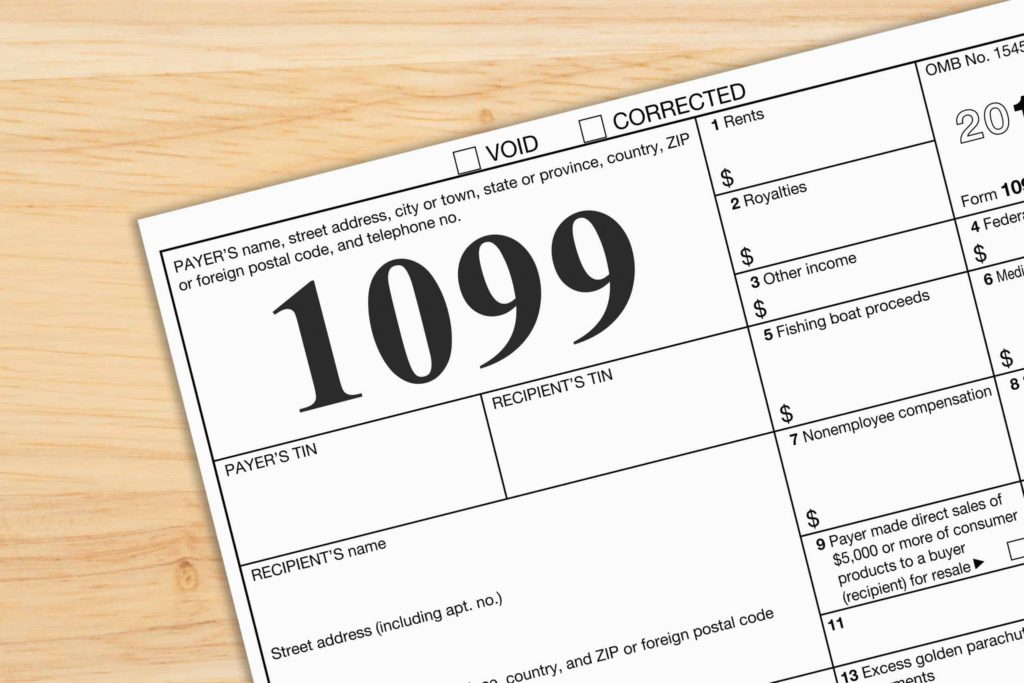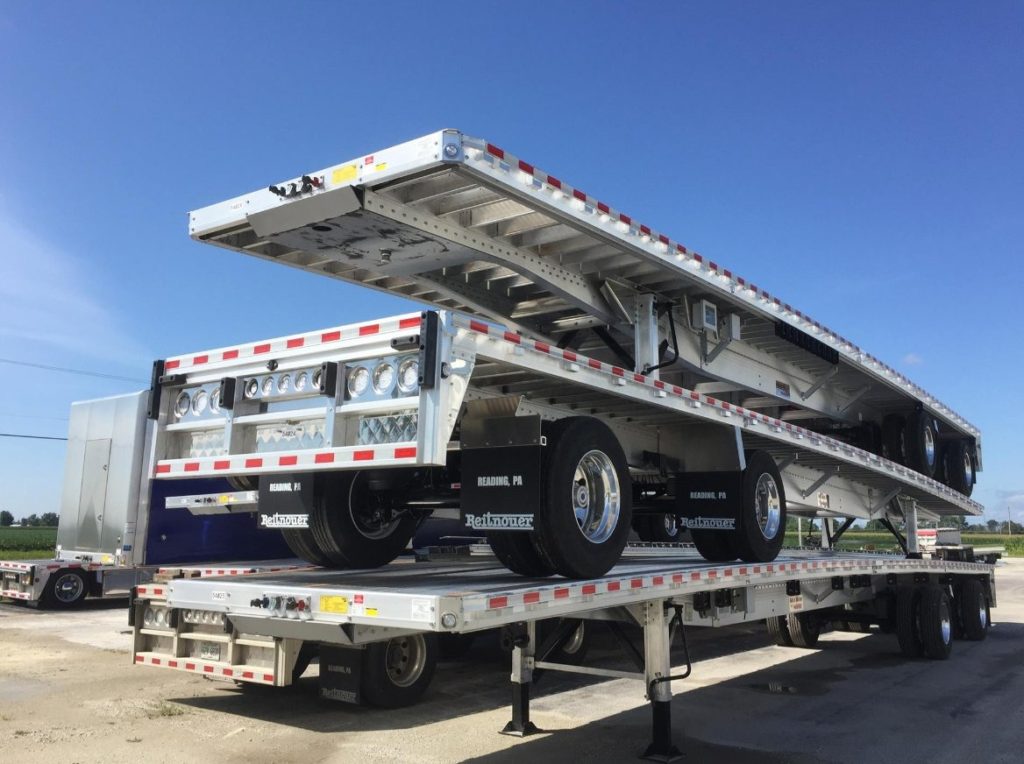Safe Driving Tips
Bad weather – Safety tips for drivers

Lilian Monday, August 1, 2022
Being a truck driver comes with a lot of responsibilities, including the safety of yourself and others around you. Over-the-road drivers can encounter different several weather conditions in a single trip.
 Rain makes it harder to slow down and brake properly, also reduce you visibility and vehicle control. Think ahead and plan with safety in mind it may save your life.
Rain makes it harder to slow down and brake properly, also reduce you visibility and vehicle control. Think ahead and plan with safety in mind it may save your life.
 Foggy weather drastically impairs the driver’s ability to see the road ahead, thus diminishing the amount of time they have to respond to other drivers or possible dangers. Fog is the most hazardous weather condition, making it difficult to judge speed, as well as judge the distances of cars in front or behind you.
Foggy weather drastically impairs the driver’s ability to see the road ahead, thus diminishing the amount of time they have to respond to other drivers or possible dangers. Fog is the most hazardous weather condition, making it difficult to judge speed, as well as judge the distances of cars in front or behind you.
 Wind is the unseen weather, you can’t see it like you can snow and rain but it can be just as dangerous if you aren’t prepared. Wind speeds that are near 60 mph is enough to overturn a trailer. A large trailer is especially dangerous because it has a lot of surface area that is a recipe for disaster in the wind. An empty trailer is at a greater risk in high winds than a trailer that is carrying a 30,000 lbs load. Flatbed drivers are at an advantage because they don’t have a trailer (high surface area) that catches the winds and tips them over.
Wind is the unseen weather, you can’t see it like you can snow and rain but it can be just as dangerous if you aren’t prepared. Wind speeds that are near 60 mph is enough to overturn a trailer. A large trailer is especially dangerous because it has a lot of surface area that is a recipe for disaster in the wind. An empty trailer is at a greater risk in high winds than a trailer that is carrying a 30,000 lbs load. Flatbed drivers are at an advantage because they don’t have a trailer (high surface area) that catches the winds and tips them over.

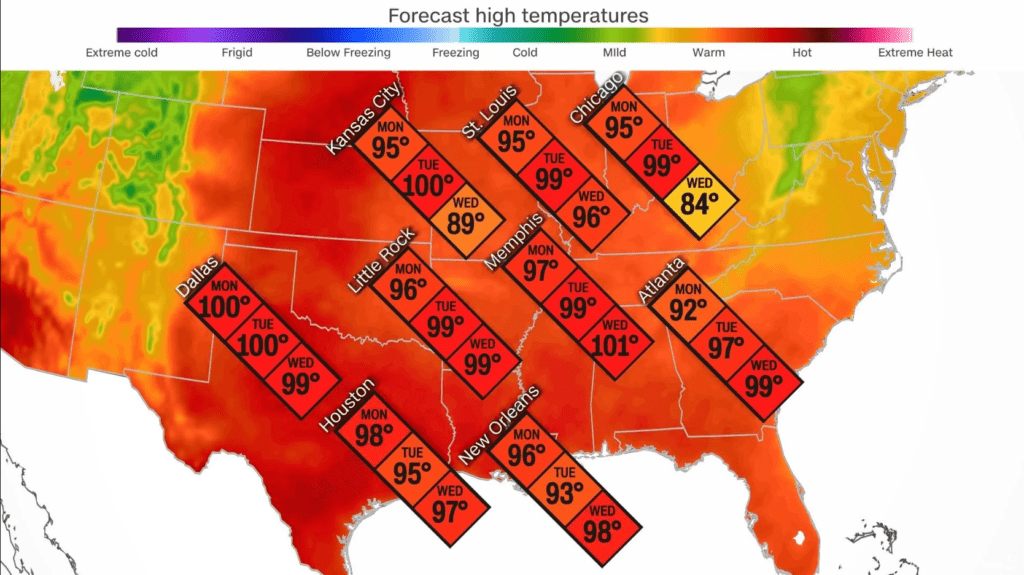 Excess heat can be a danger too. High temperatures are hard on a big rig and its optimum operation. It can literally melt the rubber from the tires! The truck engine will tend to overheat and the fan clutch works over-time. If a driver pushes the truck hard in excess heat conditions, the engine temperature can skyrocket, which can do serious motor damage. If it’s going to be a seriously hot day, it may be best to park during the hottest part of the day. Then, in the evening when the temperatures have cooled, proceed on your trip.
When temperatures get too hot, brakes can fade, or the components can reach a point where no additional heat can be absorbed, causing lost friction. When you apply the brakes, heat is transferred to the brake fluid. If you don’t give the brakes adequate time to cool, the brake fluid can actually boil, causing the brake pedal to reach the floor with no braking power. Check your brakes frequently during a trip in hot weather. If you have a heavy load and have a long descent downhill, consider shifting down a gear or two to take some of the stress off the brakes.
Before a long, hot trip, check your coolant level. A low level could lead to engine overheating which could add more rest time to your trip than wanted. It may also be smart to replace engine oil in the hot weather. Switching to a higher viscosity oil could also help protect your engine during high temperatures.
Hot weather trucking can cause tires to wear out faster. You may experience more flat tires due to air loss, or tire blowouts because heat wears down on the integrity of the tire. To prevent tire troubles and overheating, make sure you have the proper air pressure in tires to help regulate the tires’ temperature.
The sun can be deadly, but it can also cause some unwanted side effects. If you’re traveling for long bouts of time, be sure to wear sunscreen to prevent burns (especially on nice days when their windows are down). Keep plenty of water around to keep you hydrated and to help you stay cool during long trips.
Excess heat can be a danger too. High temperatures are hard on a big rig and its optimum operation. It can literally melt the rubber from the tires! The truck engine will tend to overheat and the fan clutch works over-time. If a driver pushes the truck hard in excess heat conditions, the engine temperature can skyrocket, which can do serious motor damage. If it’s going to be a seriously hot day, it may be best to park during the hottest part of the day. Then, in the evening when the temperatures have cooled, proceed on your trip.
When temperatures get too hot, brakes can fade, or the components can reach a point where no additional heat can be absorbed, causing lost friction. When you apply the brakes, heat is transferred to the brake fluid. If you don’t give the brakes adequate time to cool, the brake fluid can actually boil, causing the brake pedal to reach the floor with no braking power. Check your brakes frequently during a trip in hot weather. If you have a heavy load and have a long descent downhill, consider shifting down a gear or two to take some of the stress off the brakes.
Before a long, hot trip, check your coolant level. A low level could lead to engine overheating which could add more rest time to your trip than wanted. It may also be smart to replace engine oil in the hot weather. Switching to a higher viscosity oil could also help protect your engine during high temperatures.
Hot weather trucking can cause tires to wear out faster. You may experience more flat tires due to air loss, or tire blowouts because heat wears down on the integrity of the tire. To prevent tire troubles and overheating, make sure you have the proper air pressure in tires to help regulate the tires’ temperature.
The sun can be deadly, but it can also cause some unwanted side effects. If you’re traveling for long bouts of time, be sure to wear sunscreen to prevent burns (especially on nice days when their windows are down). Keep plenty of water around to keep you hydrated and to help you stay cool during long trips.

Rain
 Rain makes it harder to slow down and brake properly, also reduce you visibility and vehicle control. Think ahead and plan with safety in mind it may save your life.
Rain makes it harder to slow down and brake properly, also reduce you visibility and vehicle control. Think ahead and plan with safety in mind it may save your life.
- Be sure that your headlights, turn signals, tail lights and brake lights are working. Headlights will make your truck more noticeable to other drivers.
- Check your windshield wipers to see if they need replacing and check your tires to be sure they are in good condition.
- Defog your windows to make sure that you have a good visibility, use AC if needed.
- Aim for a “lighter foot” when it comes to braking and accelerating.
- Keep a safe distance and leave more space - It is harder to stop in the rain, as the risks of sliding are increased.
- Reduce your speed -During the first few hours of a rainstorm, accumulated oil and grease are lifted off the road, creating a slick surface until the oil is washed away. Slowing down increases your traction since more of your tire tread will be touching the pavement.
- Avoid hydroplaning.
- Turn off your cruise control - Cruise control takes a second or two to disengage and allow you to take control when you need to, those few seconds can be crucial.
- Stay out of puddles - You might be tempted to enjoy the big splash as you plow through a puddle but can be deeper than you anticipate, which can cause damage to your vehicle.
- Drive defensively - Stay alert and focused at all times, use additional caution when merging or changing lanes.
Fog
 Foggy weather drastically impairs the driver’s ability to see the road ahead, thus diminishing the amount of time they have to respond to other drivers or possible dangers. Fog is the most hazardous weather condition, making it difficult to judge speed, as well as judge the distances of cars in front or behind you.
Foggy weather drastically impairs the driver’s ability to see the road ahead, thus diminishing the amount of time they have to respond to other drivers or possible dangers. Fog is the most hazardous weather condition, making it difficult to judge speed, as well as judge the distances of cars in front or behind you.
- Use your low beam headlights, fog lights.
- Be aware and drive at reduced speed.
- Use your four-way flashers - Turning on your four-way flashers, or emergency warning lights, can help increase your truck’s visibility to other drivers and prevent an accident.
- Avoid changing lanes and passing other vehicles.
- Don't drive in heavy fog - is just not worth the risk, find a safe parking spot and wait.
Wind
 Wind is the unseen weather, you can’t see it like you can snow and rain but it can be just as dangerous if you aren’t prepared. Wind speeds that are near 60 mph is enough to overturn a trailer. A large trailer is especially dangerous because it has a lot of surface area that is a recipe for disaster in the wind. An empty trailer is at a greater risk in high winds than a trailer that is carrying a 30,000 lbs load. Flatbed drivers are at an advantage because they don’t have a trailer (high surface area) that catches the winds and tips them over.
Wind is the unseen weather, you can’t see it like you can snow and rain but it can be just as dangerous if you aren’t prepared. Wind speeds that are near 60 mph is enough to overturn a trailer. A large trailer is especially dangerous because it has a lot of surface area that is a recipe for disaster in the wind. An empty trailer is at a greater risk in high winds than a trailer that is carrying a 30,000 lbs load. Flatbed drivers are at an advantage because they don’t have a trailer (high surface area) that catches the winds and tips them over.
- Slow down.
- Secure doors and the load.
- Keep a tight grip.
- Drive in the lowest gears.
- Don't drive in heavy wind- find a safe parking spot and wait.
- All minimum trailer weights are in addition to empty trailer weight.
- Wind direction should be considered when using this chart. Winds hitting you at 90° or 180° will have a greater effect than those directly from the front or rear.

High Heat
 Excess heat can be a danger too. High temperatures are hard on a big rig and its optimum operation. It can literally melt the rubber from the tires! The truck engine will tend to overheat and the fan clutch works over-time. If a driver pushes the truck hard in excess heat conditions, the engine temperature can skyrocket, which can do serious motor damage. If it’s going to be a seriously hot day, it may be best to park during the hottest part of the day. Then, in the evening when the temperatures have cooled, proceed on your trip.
When temperatures get too hot, brakes can fade, or the components can reach a point where no additional heat can be absorbed, causing lost friction. When you apply the brakes, heat is transferred to the brake fluid. If you don’t give the brakes adequate time to cool, the brake fluid can actually boil, causing the brake pedal to reach the floor with no braking power. Check your brakes frequently during a trip in hot weather. If you have a heavy load and have a long descent downhill, consider shifting down a gear or two to take some of the stress off the brakes.
Before a long, hot trip, check your coolant level. A low level could lead to engine overheating which could add more rest time to your trip than wanted. It may also be smart to replace engine oil in the hot weather. Switching to a higher viscosity oil could also help protect your engine during high temperatures.
Hot weather trucking can cause tires to wear out faster. You may experience more flat tires due to air loss, or tire blowouts because heat wears down on the integrity of the tire. To prevent tire troubles and overheating, make sure you have the proper air pressure in tires to help regulate the tires’ temperature.
The sun can be deadly, but it can also cause some unwanted side effects. If you’re traveling for long bouts of time, be sure to wear sunscreen to prevent burns (especially on nice days when their windows are down). Keep plenty of water around to keep you hydrated and to help you stay cool during long trips.
Excess heat can be a danger too. High temperatures are hard on a big rig and its optimum operation. It can literally melt the rubber from the tires! The truck engine will tend to overheat and the fan clutch works over-time. If a driver pushes the truck hard in excess heat conditions, the engine temperature can skyrocket, which can do serious motor damage. If it’s going to be a seriously hot day, it may be best to park during the hottest part of the day. Then, in the evening when the temperatures have cooled, proceed on your trip.
When temperatures get too hot, brakes can fade, or the components can reach a point where no additional heat can be absorbed, causing lost friction. When you apply the brakes, heat is transferred to the brake fluid. If you don’t give the brakes adequate time to cool, the brake fluid can actually boil, causing the brake pedal to reach the floor with no braking power. Check your brakes frequently during a trip in hot weather. If you have a heavy load and have a long descent downhill, consider shifting down a gear or two to take some of the stress off the brakes.
Before a long, hot trip, check your coolant level. A low level could lead to engine overheating which could add more rest time to your trip than wanted. It may also be smart to replace engine oil in the hot weather. Switching to a higher viscosity oil could also help protect your engine during high temperatures.
Hot weather trucking can cause tires to wear out faster. You may experience more flat tires due to air loss, or tire blowouts because heat wears down on the integrity of the tire. To prevent tire troubles and overheating, make sure you have the proper air pressure in tires to help regulate the tires’ temperature.
The sun can be deadly, but it can also cause some unwanted side effects. If you’re traveling for long bouts of time, be sure to wear sunscreen to prevent burns (especially on nice days when their windows are down). Keep plenty of water around to keep you hydrated and to help you stay cool during long trips.
Make Safety Your Priority for All Weather Conditions

Safety is the number one issue no matter what the weather. As a professional truck driver, it is solely your decision whether you proceed or stay parked if the conditions are threatening.
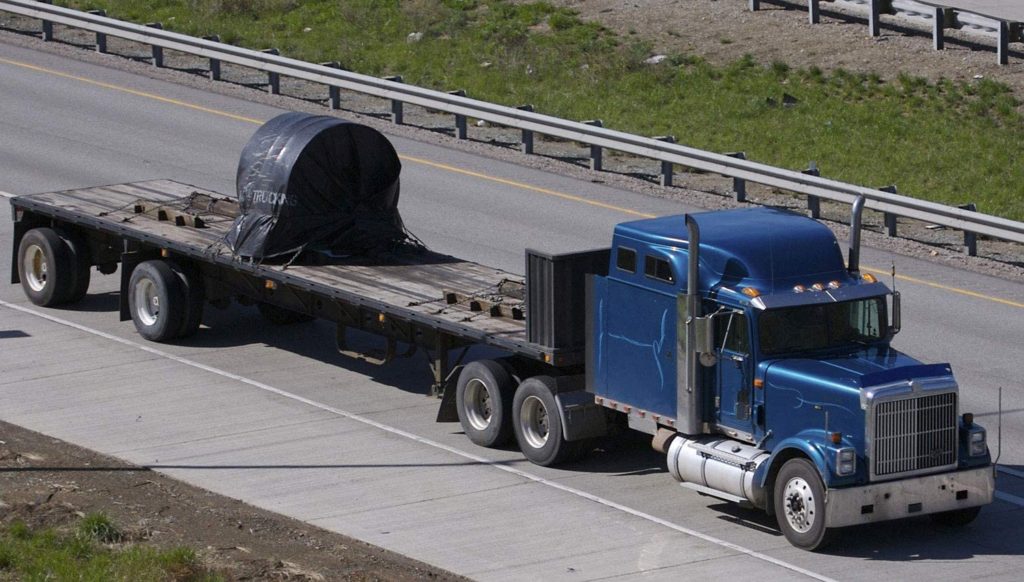
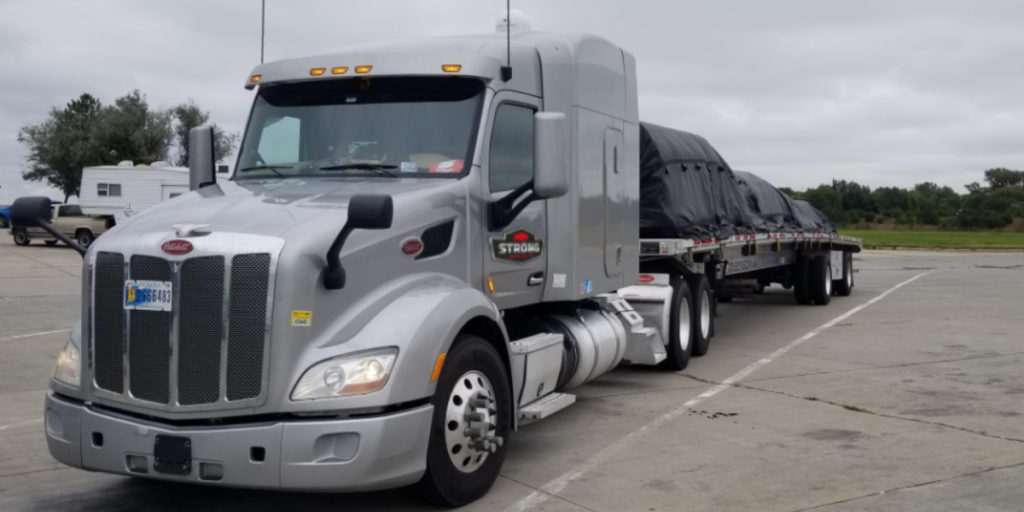
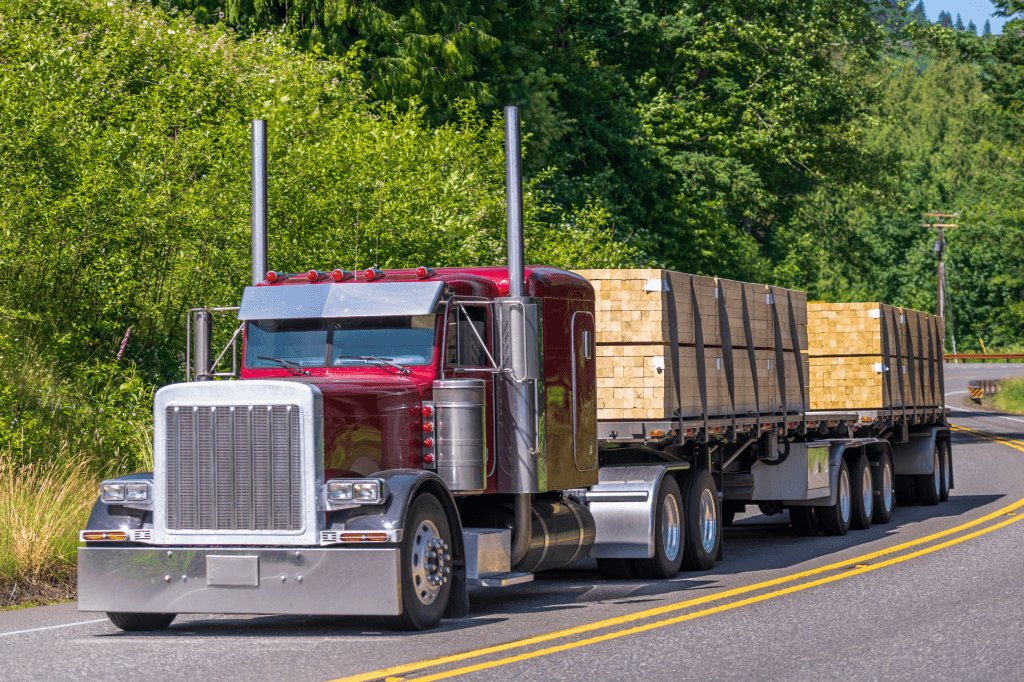
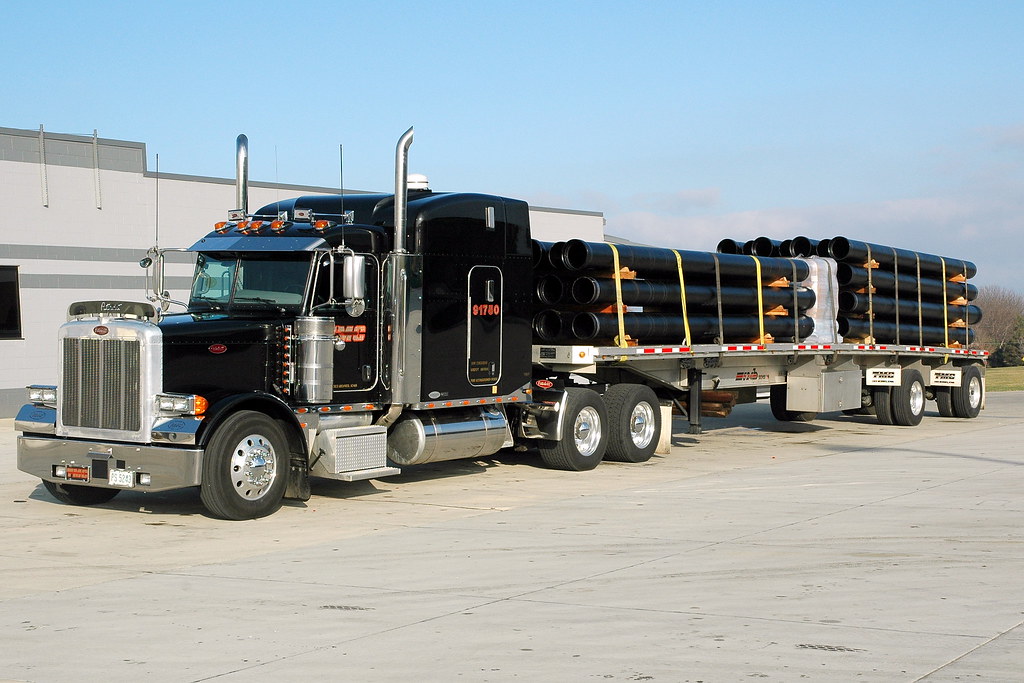

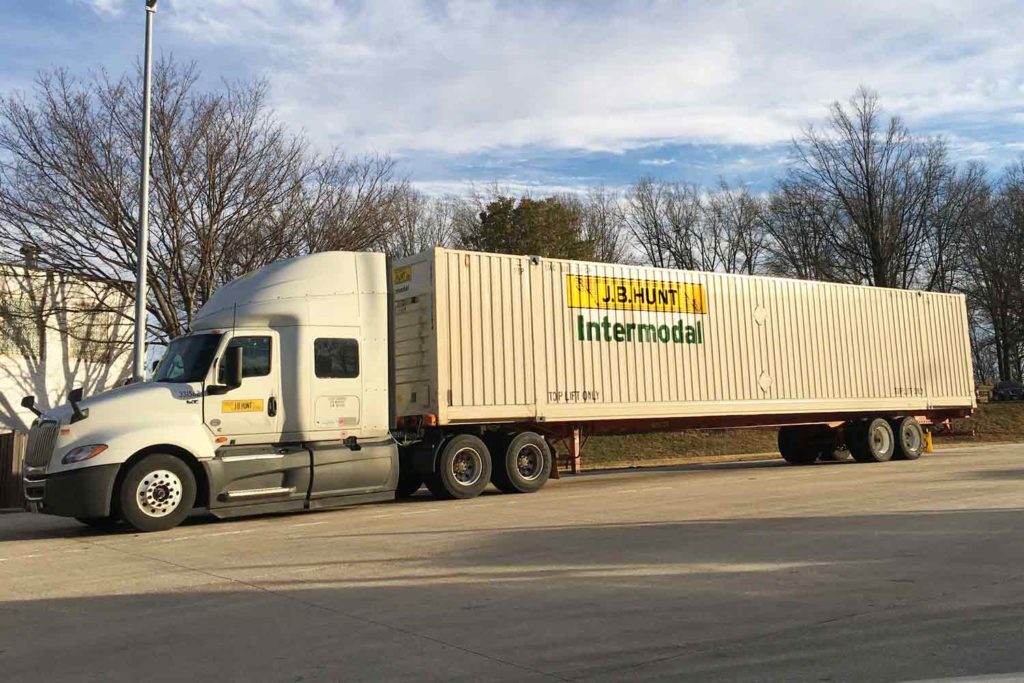


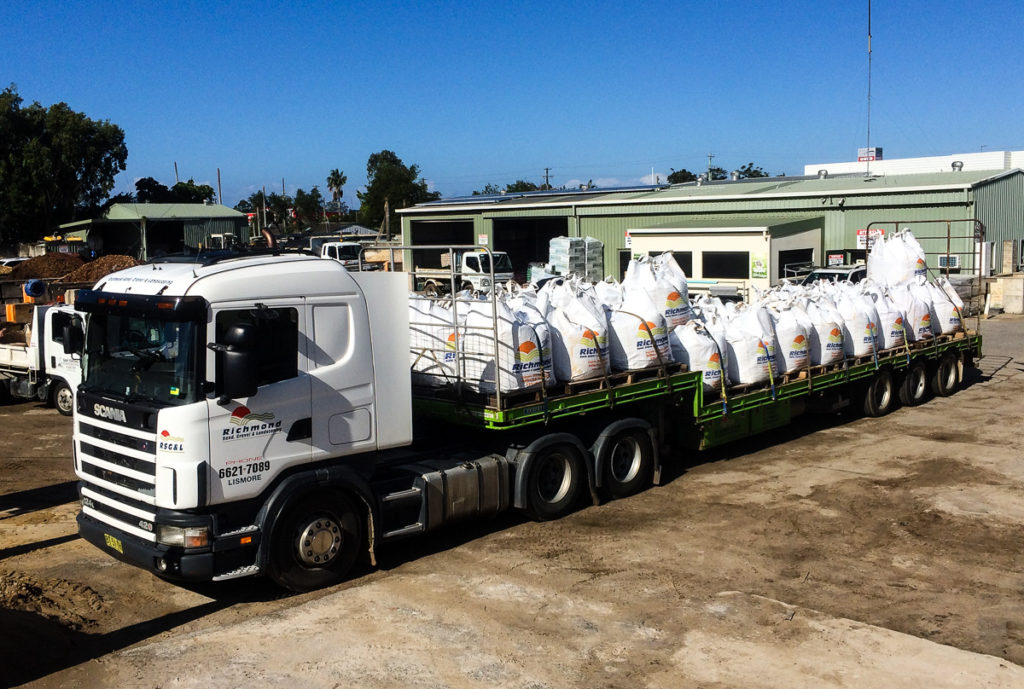
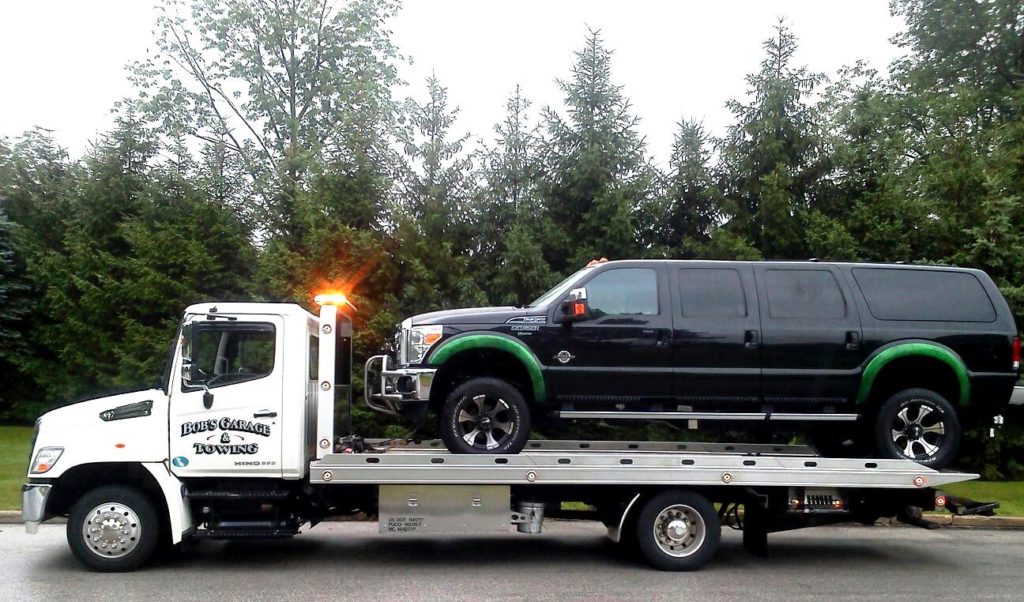




 Blog Page...
Blog Page... 

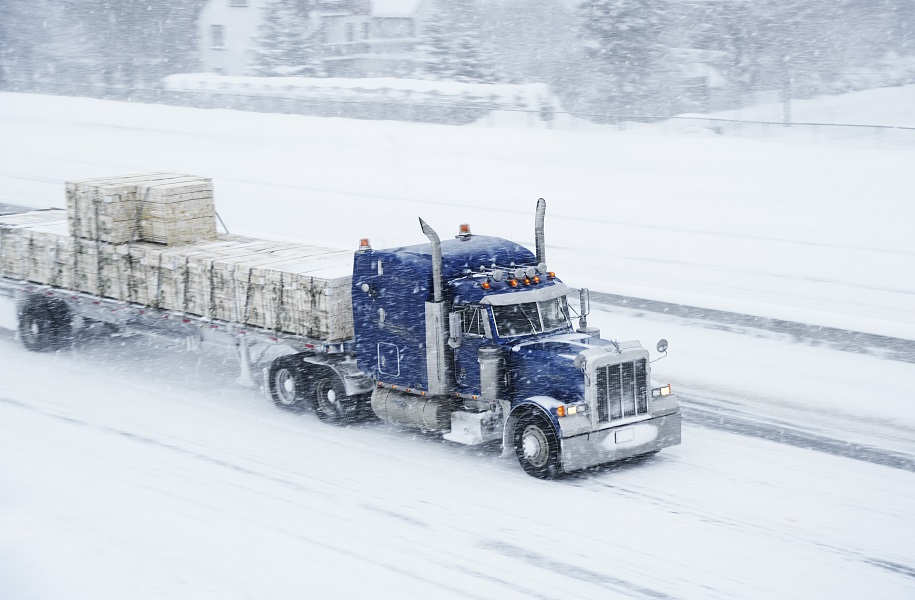
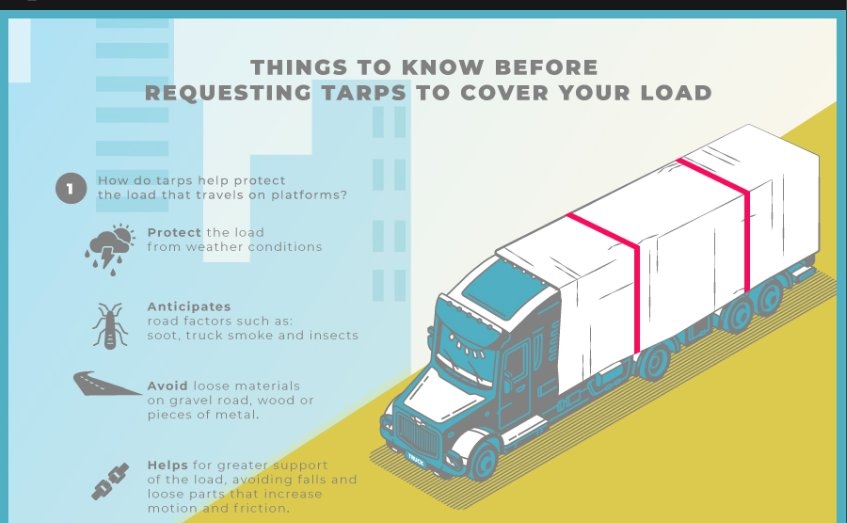
 Tarping a load is crucial to protect both the cargo and the tarp itself. The primary reasons for tarping are to...
Tarping a load is crucial to protect both the cargo and the tarp itself. The primary reasons for tarping are to... 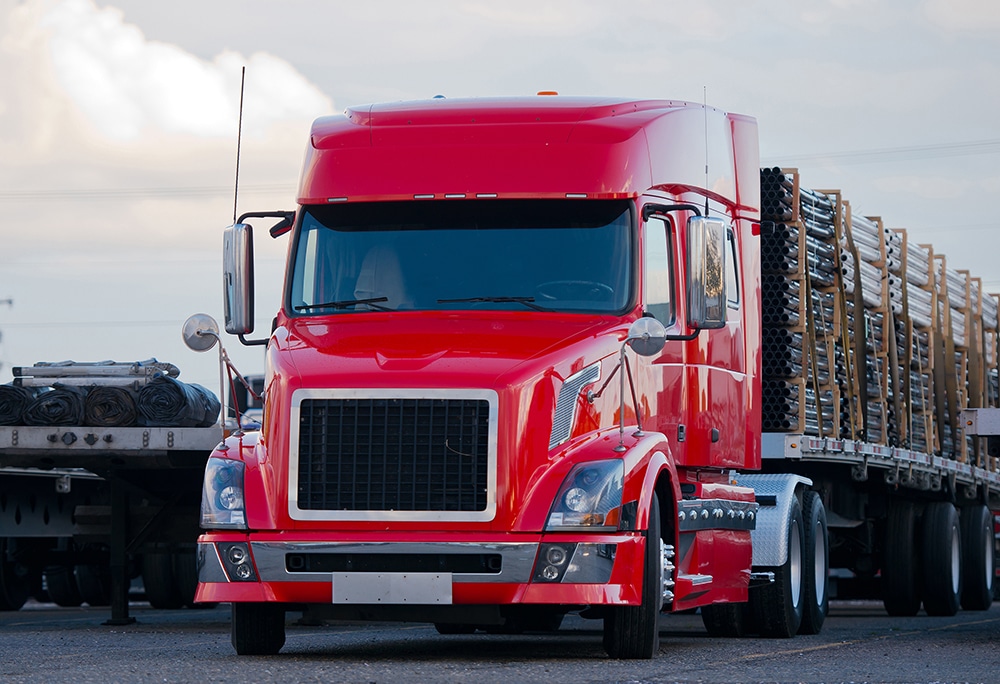

 Just take the picture or video...
Just take the picture or video... 
